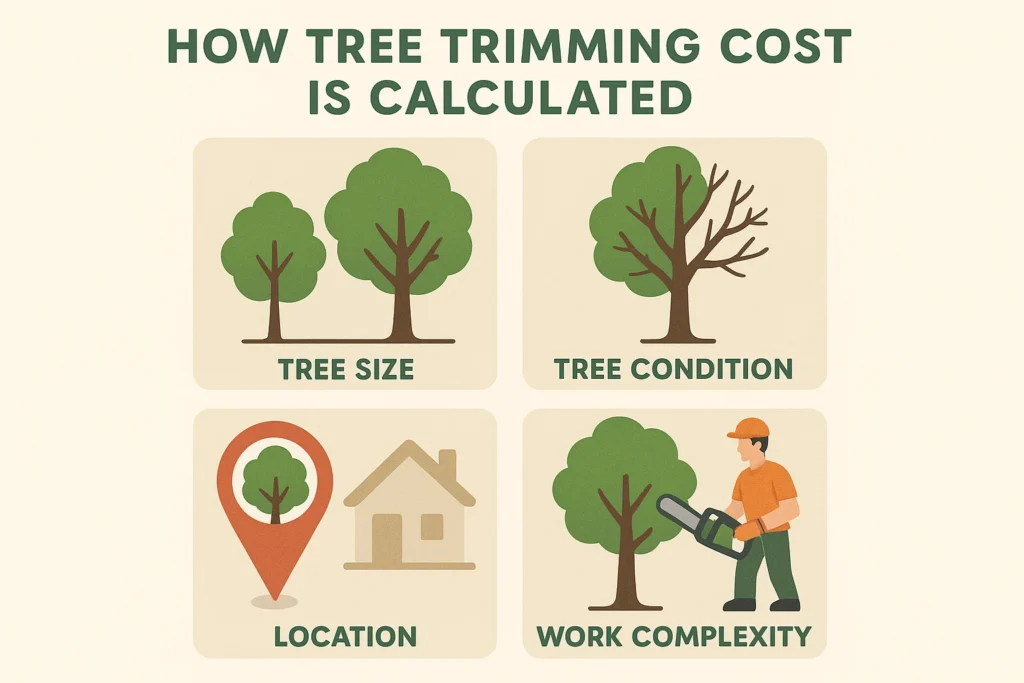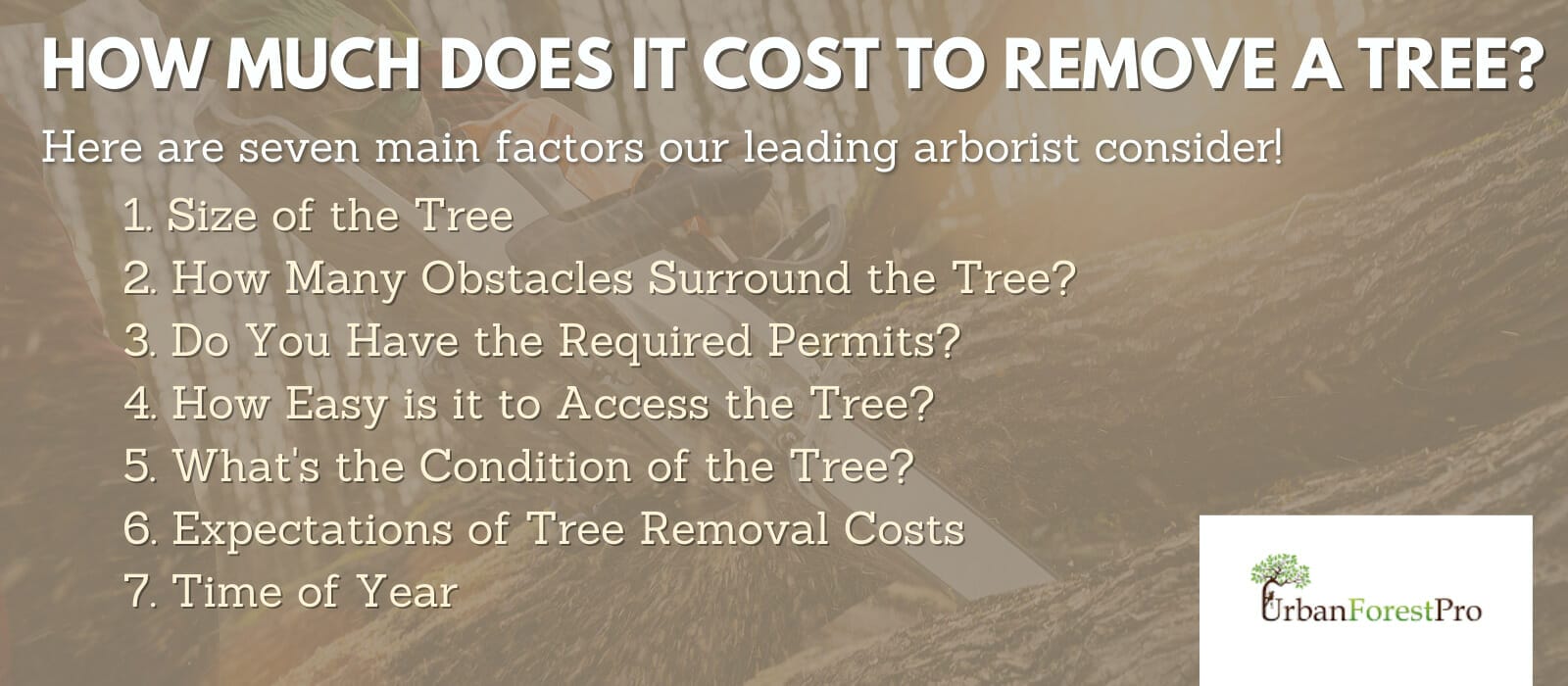Featured
Table of Contents
- – What You Need To Know About Tree Removal Costs...
- – Best Tree Cutting Services In Frankenmuth, MI:...
- – Frankenmuth, MI Tree Trimming: What Affects T...
- – Top 7 Money-Saving Tips On Tree Cutting In Fr...
- – Frankenmuth, MI Stump Grinding Price Ranges
- – Check Local Arborist Prices In Frankenmuth, MI
- – Frankenmuth, MI Tree Trimming What Affects Cost
- – Frankenmuth, MI Tree Cutting Upgrade Program...
- – Real Frankenmuth, MI Tree Cutting Reviews
- – Secure Top Stump Removal Prices In Frankenmu...
- – Frankenmuth, MI Tree Trimming: Worth The Cost?
- – Frankenmuth, MI Arborist: Actual Costs
- – Compare Local Tree Trimming Costs In Franken...
- – Local vs National Tree Cutting Costs In Fran...
- – Frankenmuth, MI Tree Cutting Client Testimon...

The subsections listed below supply more detailed info about prices, including a typical range for each. TypeAverage Removal CostPineConiferPalmMagnoliaArborvitaeAshCedarSweet GumEucalyptusSycamoreCypressOakMaplePoplar You can expect to pay between to get rid of a pine, depending upon its size. Eliminating a pine is among the more cost effective jobs unless it is one that has actually been around for several years and is rather large.
What You Need To Know About Tree Removal Costs In Frankenmuth, MI
Pines likewise have a tap root that grows deep into the soil, which can show to be more hard to get rid of. The process itself involves a specialist cutting the tree, clearing the base, cutting the surface roots, getting rid of the stump, and lastly treating the soil. Without a professional hand, you risk leaving pine seedlings behind, which will fall from the roots of distressed pines.
Best Tree Cutting Services In Frankenmuth, MI: Pricing
The U.S. national average for conifer removal is around to have the conifer reduced, transported away, and the stump ground or eliminated entirely. Conifers are typically simpler to remove, and despite the fact that they can grow quite high, they do not cost a fortune to get rid of. Conifers include pine, spruce, fir, and juniper trees.
Frankenmuth, MI Tree Trimming: What Affects The Price
While conifers are lovely, they kill native plants and certain types of grass (arborist). The typical rate of palm removal depends on the height as much as the type, ranging from.
Top 7 Money-Saving Tips On Tree Cutting In Frankenmuth, MI
That is why it is very important to know which type you are removing. While you do not need an herbicide to kill a palm tree, there are some steps your elimination professional will have to take to guarantee the job is done correctly. There are two methods they can eliminate them: by slicing them down or digging them up.
Frankenmuth, MI Stump Grinding Price Ranges
From there, they eliminate the real tree and then the stump. Expect to pay in between to remove this type of tree, depending on the precise size and details of the task.
Check Local Arborist Prices In Frankenmuth, MI
There are three types: green, white, and black ash. With its gray-tinged bark, its leaves are green or purple in the spring and golden yellow or purplish-red in the fall.
Frankenmuth, MI Tree Trimming What Affects Cost

Nevertheless, the bark is softer, and it blooms later in the year. Due to the variation in height, the removal cost variance is wide from. A coniferous, evergreen tree, the cedar is a sturdy types. True cedars take pleasure in greater altitudes, mainly in the Himalayas and the Mediterranean. A true cedar can grow as high as 160 feet in height and is often planted in the United States as a landscape choice.
Frankenmuth, MI Tree Cutting Upgrade Programs: Costs
The development of incorrect cedars varies from 50 feet up to 230 feet high. With star-shaped leaves and stunning fall colors, the sweet gum is considered a medium to large tree.
Real Frankenmuth, MI Tree Cutting Reviews
Typically, it costs in between to remove a eucalyptus. Eucalyptus are not common everywhere, however they are rather large compared to others, which is why even the smaller sized ones are so expensive to remove.
Secure Top Stump Removal Prices In Frankenmuth, MI
There are a handful of methods to do this, consisting of burning, pulling, grinding, or killing them with herbicide. Expect to pay in between to eliminate sycamores, based on the height, trunk size, and amount of work included. Sycamores are one of the largest wood trees, usually varying from 60 to 100 feet high and as large as 15 feet.
Frankenmuth, MI Tree Trimming: Worth The Cost?
The first two steps will expose the within the tree and cut off the flow of nutrients up the trunk. From there, an expert applies herbicide to eliminate the tree and lower the trunk. Then, they will kill the stump. Otherwise, brand-new sprouts may grow from it. Reducing and removing a mature cypress could cost as much as.
Frankenmuth, MI Arborist: Actual Costs
There are various kinds of Cypress trees, but the most prevalent are the Leyland, Arizona, Bald, and Italian. The Bald Cypress grows in swampy or extremely moist locations while the others take pleasure in a dry, warm, or hot environment (tree trimming). They can grow as tall as 80 to 100 feet tall
Compare Local Tree Trimming Costs In Frankenmuth, MI

Prone to diseases, the Cypress is one of the most prized woods for furnishings. The average oak grows to around 60 feet, and depending on the intricacy of the elimination, it costs approximately to remove. The precise size of your oak and the effort needed to fell it affect what you will in fact spend for removal together with any extra services like stump grinding.
Local vs National Tree Cutting Costs In Frankenmuth, MI
Access to the trees and the roots will also affect the overall cost. Maples can easily grow up to 100 feet or more and normally expense in between to eliminate from your property. The final rate depends on the actual height and complexity of the task. Maples are normally among the more costly trees to get rid of due to the fact that of their size and the work associated with the removal.
Frankenmuth, MI Tree Cutting Client Testimonials
Poplars are giants of the species. Growing as high as 90 to 115 feet, these massive lumbers are primarily found in North America and consist of the aspen, cottonwood, and balsam trees. Boasting an extensive root system, poplars can be pricey to eliminate when totally grown. The process to eliminate trees involves all the cutting and cutting of the branches and trunk, bringing it down to a stump.
Table of Contents
- – What You Need To Know About Tree Removal Costs...
- – Best Tree Cutting Services In Frankenmuth, MI:...
- – Frankenmuth, MI Tree Trimming: What Affects T...
- – Top 7 Money-Saving Tips On Tree Cutting In Fr...
- – Frankenmuth, MI Stump Grinding Price Ranges
- – Check Local Arborist Prices In Frankenmuth, MI
- – Frankenmuth, MI Tree Trimming What Affects Cost
- – Frankenmuth, MI Tree Cutting Upgrade Program...
- – Real Frankenmuth, MI Tree Cutting Reviews
- – Secure Top Stump Removal Prices In Frankenmu...
- – Frankenmuth, MI Tree Trimming: Worth The Cost?
- – Frankenmuth, MI Arborist: Actual Costs
- – Compare Local Tree Trimming Costs In Franken...
- – Local vs National Tree Cutting Costs In Fran...
- – Frankenmuth, MI Tree Cutting Client Testimon...
Latest Posts
Reviewing River Forest, IL Tree Service: Which One Is Right
New Customer Stump Removal Deals In Ewa Villages, HI
Best Tree Cutting Reviews In Marinette, WI
More
Latest Posts
Reviewing River Forest, IL Tree Service: Which One Is Right
New Customer Stump Removal Deals In Ewa Villages, HI
Best Tree Cutting Reviews In Marinette, WI